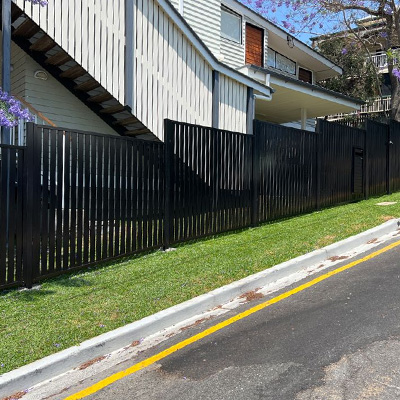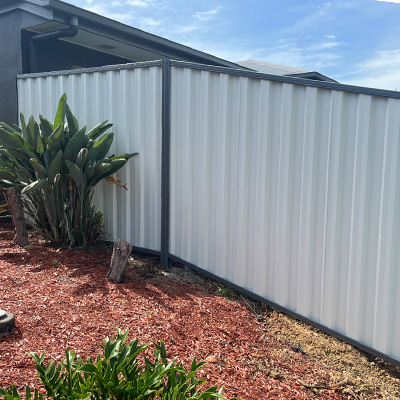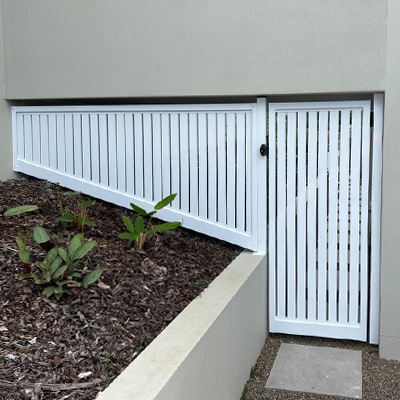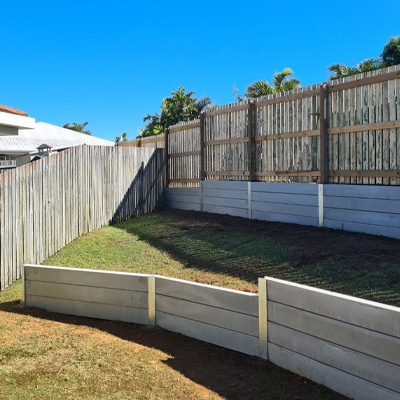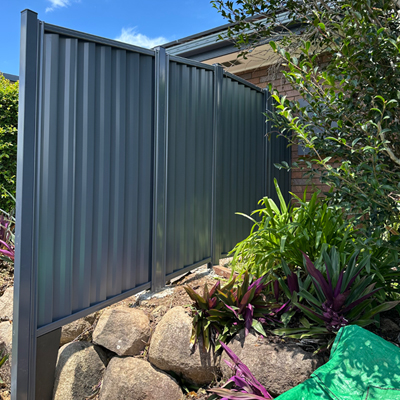Metal Fences (Steel/Aluminum)
Metal panels, especially those made from steel or aluminum, can be installed at angles, making them a good fit for gentle slopes or stepped designs. These fences tend to be more durable in shifting or unstable soil, but they may need deeper footings or reinforcing brackets to ensure stability on steep inclines. Metal’s resistance to rot or insect damage is a bonus, and it often requires only minimal upkeep like occasional cleaning or repainting. However, matching panels to a sharply sloped section can involve careful measuring, so it’s best to work with experienced installers.
Colorbond or Modular Panel Systems
Colorbond and similar modular systems offer tidy panels that can be pieced together, which suits yards that vary in elevation. Many manufacturers provide angled or corner brackets to handle moderate changes in slope. For severe inclines, custom fitting may still be necessary, though the modular approach streamlines installation compared to fully bespoke solutions. These panels provide strong weather resistance and come in various colours, allowing homeowners to pick a finish that pairs well with the property’s existing design.


